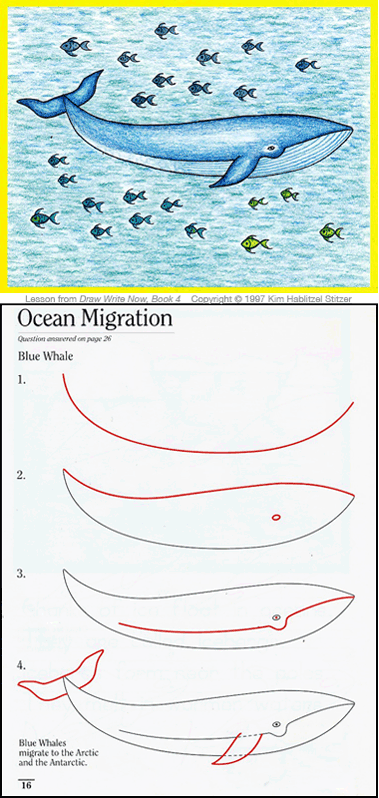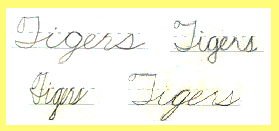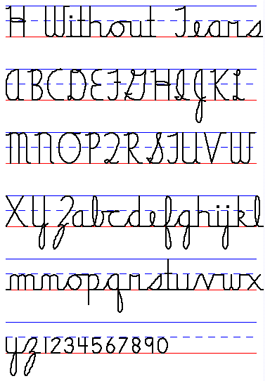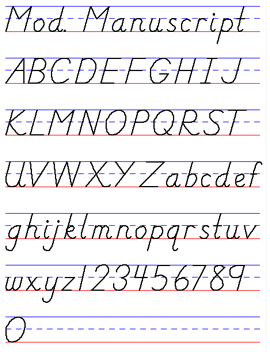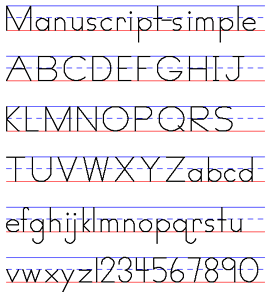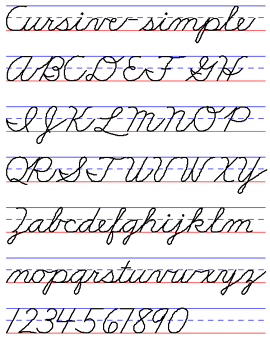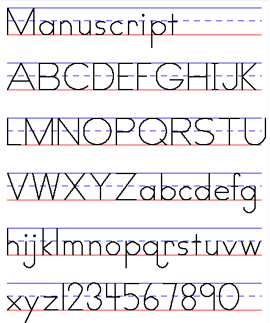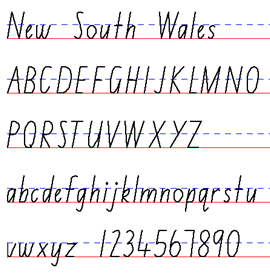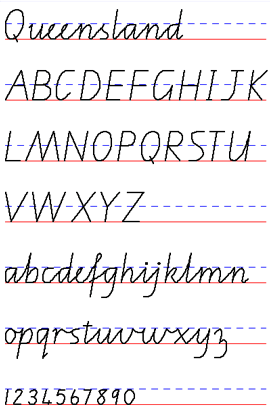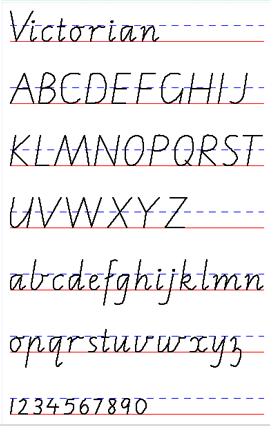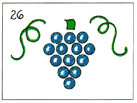The lessons are simple and clean. This is how the swan lessons appears in Draw-Write-Now, Book 1. CLICK IMAGE TO ENLARGE
TEACHING TIPS
Our lessons are flexible and simple. Keep it easy—pick up a lesson and draw! All that is needed is a pencil, eraser, paper and crayons (or a coloring medium of your choice.)
1.) Introduce the Subject
Garner interest in the blue whale and the animals and people who live in the polar regions with a story, discussion, poem, photos or a song.
2.) Draw the Subject
Using a pencil, encourage the children to draw the whale lightly, because some lines will be erased (see Step 3.) Use the step-by-step instructions—the red lines—to draw the subject. Throughout the building of the whale, refer to the color drawing, pointing out the shapes and lines.
3.) Draw the Background
Still working in pencil, encourage the children to create their own background for the drawing. If they want to copy what they see in the sample color drawing, that's fine. With time and a little encouragement, their own creativity will take hold.
4.) Practice Writing
See Drawing and Writing Together. Scroll down the list and find where your child fits. Is your child just learning to write letters? Are they able to write, but don't like to practice? Do they need to work on forming paragraphs? Children of varying ages and skill levels can work together during drawing time, and at their own pace during writing time.
5.) Color the Picture
This is the fun time! The child colors their creation of the Blue Whale. You may notice that the drawings shown in our Gallery are outlined in black. Introduce outlining and see how it helps preserve the details the child has so carefully drawn in pencil. It also makes colors pop!

